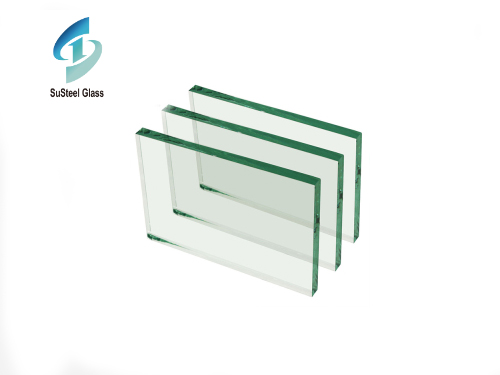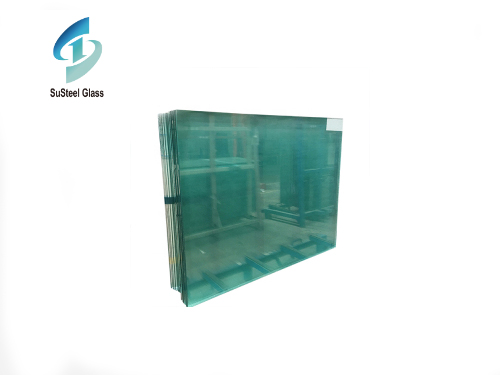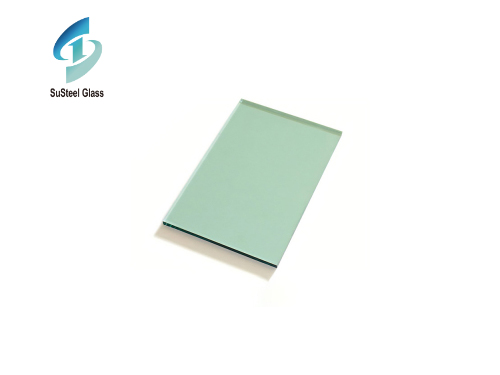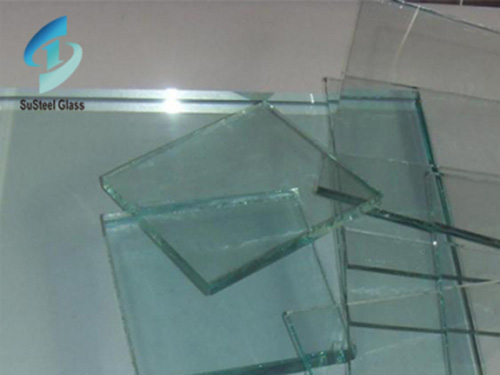
Float glass in the production process will produce part of the bubble, the causes are many, so there are special solutions to deal with different bubbles.
1. Melting bubble
The liquid level line around the furnace outside the bubble boundary: the small bubbles come from the high-temperature area of the furnace; Because the process of absorbing or dissolving bubbles into float glass depends on time, the higher the temperature of the glass, the more gas is absorbed into the glass, making the bubbles smaller.
Reason: There are glass phases precipitated by refractory materials around the liquid level line of glass, which remain around the refractory materials for a long time. Outside this part is the cooling wind of the pool wall, which is easy to gather glauberite. Under the change of temperature, furnace pressure and liquid level, the gathered glauberite enters the glass liquid and produces bubbles.
Solution: stabilize the pressure of melting furnace, stabilize the convection of glass liquid, plug the gap of the pool wall, and stabilize the flame of small furnace at the end.
2. Cool the bubble
Reason: One is the bubbles produced by the upper space and the liquid level line, and the other is the bubbles produced by the bottom. The bubbles produced by the upper space and the liquid level line generally exist on the upper surface of float glass and are enclosed. The upper space of the air bubble caused by the fall of glauber glass under the microscope, generally contains traces of different degrees of glauber glass.
Solution: For the upper space and liquid surface line generated bubbles: 1. Stabilize the cooling part pressure. 2. Keep the cooling air pure. 3. As far as possible, separate the melting part from the cooling part to reduce the pollution of the melting part of the exhaust gas to the cooling part. 4. Reduce the influence of external environment on cooling department. 5. Check whether foreign bodies exist on the liquid surface of the pool wall.
 High Purity Tin Ingot: Essential Uses and Key Advantages
High Purity Tin Ingot: Essential Uses and Key Advantages
 Burglar-Resistant Glass: Enhancing Security and Peace of Mind
Burglar-Resistant Glass: Enhancing Security and Peace of Mind
 Exploring the World of Green Tinted Glass Products: Versatility and Sustainability
Exploring the World of Green Tinted Glass Products: Versatility and Sustainability


